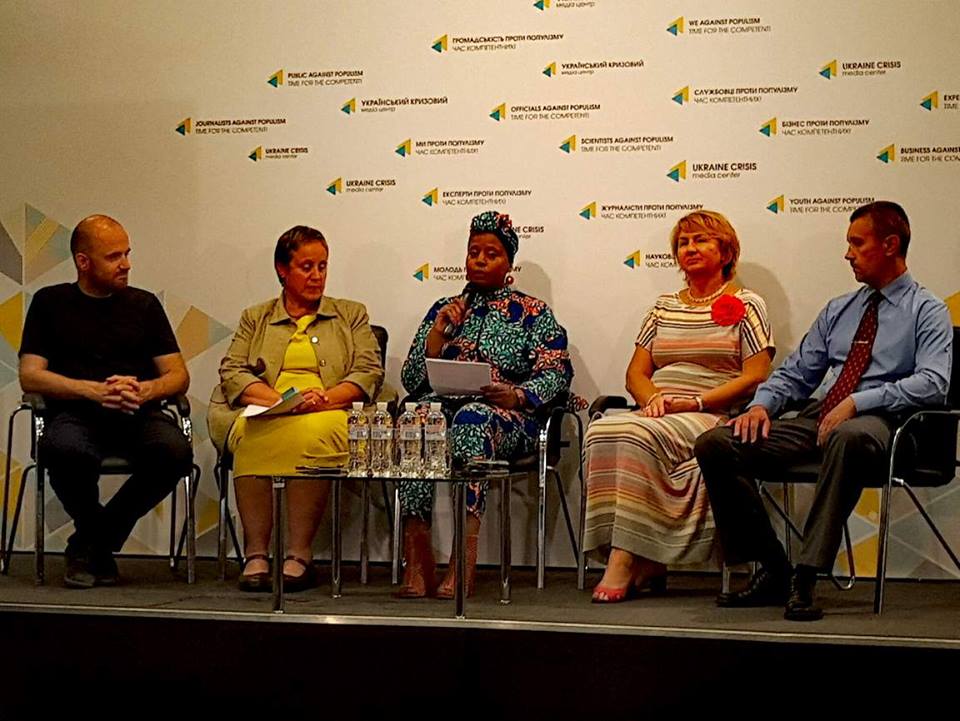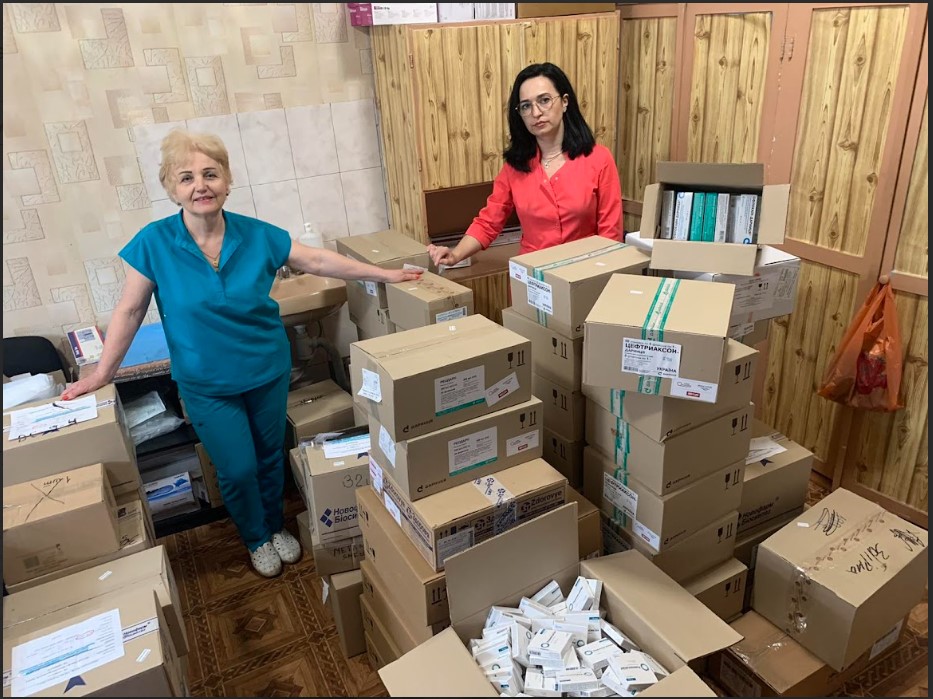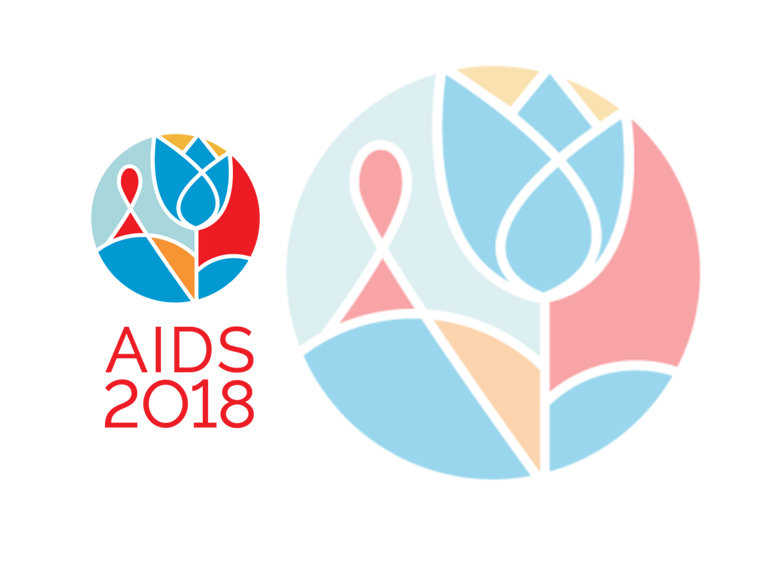An innovative Hepatitis C treatment project launched in Ukraine
On July 28, 2017, the United States Agency for International Development (USAID) announced the launch of an EQUIP innovative project on assessment of the simplified strategy for antiviral treatment of hepatitis C in Ukraine. The project will be implemented in partnership with the Ministry of Health of Ukraine, USAID, the All-Ukrainian Network of PLWH, the Ukrainian Centre for Public Health, and the Alliance for Public Health.

“This project will help Ukrainian doctors receive the necessary experience in using new medicines to effectively treat patients with hepatitis C. The project will provide government with an opportunity to develop efficient programmes to increase access to treatment for those who need it. The results of this pilot project will help to develop updated research protocols and understand the cost of treatment for Ukraine in order to ultimately adopt the programme and distribute it throughout the country,” said Karen Robblee, Acting Deputy Head of the US Mission in Ukraine.
The project is intended to implement a simplified strategy for testing and treating people with viral hepatitis C, to use a fixed combination dose of direct acting antiviral drugs ledipasvir and sofosbuvir, and also to evaluate effectiveness of a simplified strategy for the treatment of hepatitis C and HIV/HCV coinfected patients.
“The Network of PLWH has accumulated a vast experience of HIV testing, prevention, and treatment in Ukraine for 16 years. We are confident that our achievements, as the largest patient organization, will help the EQUIP project. Unlike HIV infection, viral hepatitis C is completely treatable with modern drugs. I am convinced that through joint efforts of all partners we will be able to eradicate the hepatitis C epidemic,” said Volodymyr Kurpita, Executive Director of the All-Ukrainian Network of People Living with HIV/AIDS.
The project will involve up to 4,000 patients in two phases, namely 800 participants in the first phase and 3,200 in the second one. Target groups are representatives of key groups, including people who use drugs, men who have sex with men, and sex workers in such regions as Dnipropetrovsk, Odesa, Kherson, Kyiv, Kyiv region, Zaporizhia, Cherkasy, Poltava, Chernihiv, and Kirovohrad.
“Now the Ministry of Health faces serious challenges, so we are grateful to our partners for their help and are confident that the EQUIP project experience will be able to spread throughout Ukraine and effectively overcome the epidemic,” Deputy Minister of Health of Ukraine Oleksandr Linchevsky commented during the press conference in the Ukrainian Crisis Media Centre.
In total, the US Agency for International Development allocated $ 2.5 million to finance the project from 2017 to 2018.
Note. EQUIP
The EQUIP consortium, which is funded by USAID, consists of 5 organizations, with Right to Care (South Africa) as the main recipient. EQUIP has developed innovative approaches to the implementation of care programmes on HIV, tuberculosis and hepatitis, as well as treatment and prevention in countries with limited resource. These activities are realized in partnership with USAID missions, ministries of health, and other organizations in order to successfully achieve the UNAIDS 90-90-90 targets (by 2020, 90% of all people living with HIV will know their HIV status; 90% of all people with diagnosed HIV infection will receive sustained antiretroviral therapy; and 90% of all people receiving antiretroviral therapy will have viral suppression).
Note. Hepatitis C
According to the World Health Organization’s 2017 report on hepatitis, viral hepatitis is responsible for 1.34 million deaths worldwide in 2015. This number is comparable with the mortality rate from tuberculosis and higher than the number of deaths from HIV of the same year. However, the number of deaths caused by viral hepatitis is increasing, while the death rate from tuberculosis and HIV is decreasing.
Most of the deaths from viral hepatitis in 2015 were associated with chronic liver disease (720,000 deaths from cirrhosis) and primary liver cancer (470,000 deaths from hepatocellular carcinoma). As of 2015, 257 million people live with chronic hepatitis B virus (HBV) infections and 71 million people have hepatitis C virus (HCV).
Eastern Europe has the highest burden of hepatitis C. In Ukraine, according to the World Health Organization, more than 5% of the population is infected with hepatitis C that includes more than 2 million patients and leads to 84 thousand deaths from cancer and cirrhosis annually.
In some groups, the infection rate is much higher: 55.8% among people who inject drugs, 15% among sex workers, and 4% among men who have sex with men (Alliance, 2015, Ukraine). Among patients with hepatitis, 10.54% are also infected with HIV. In 2016, 28.8% of people diagnosed with HIV for the first time had hepatitis C.


